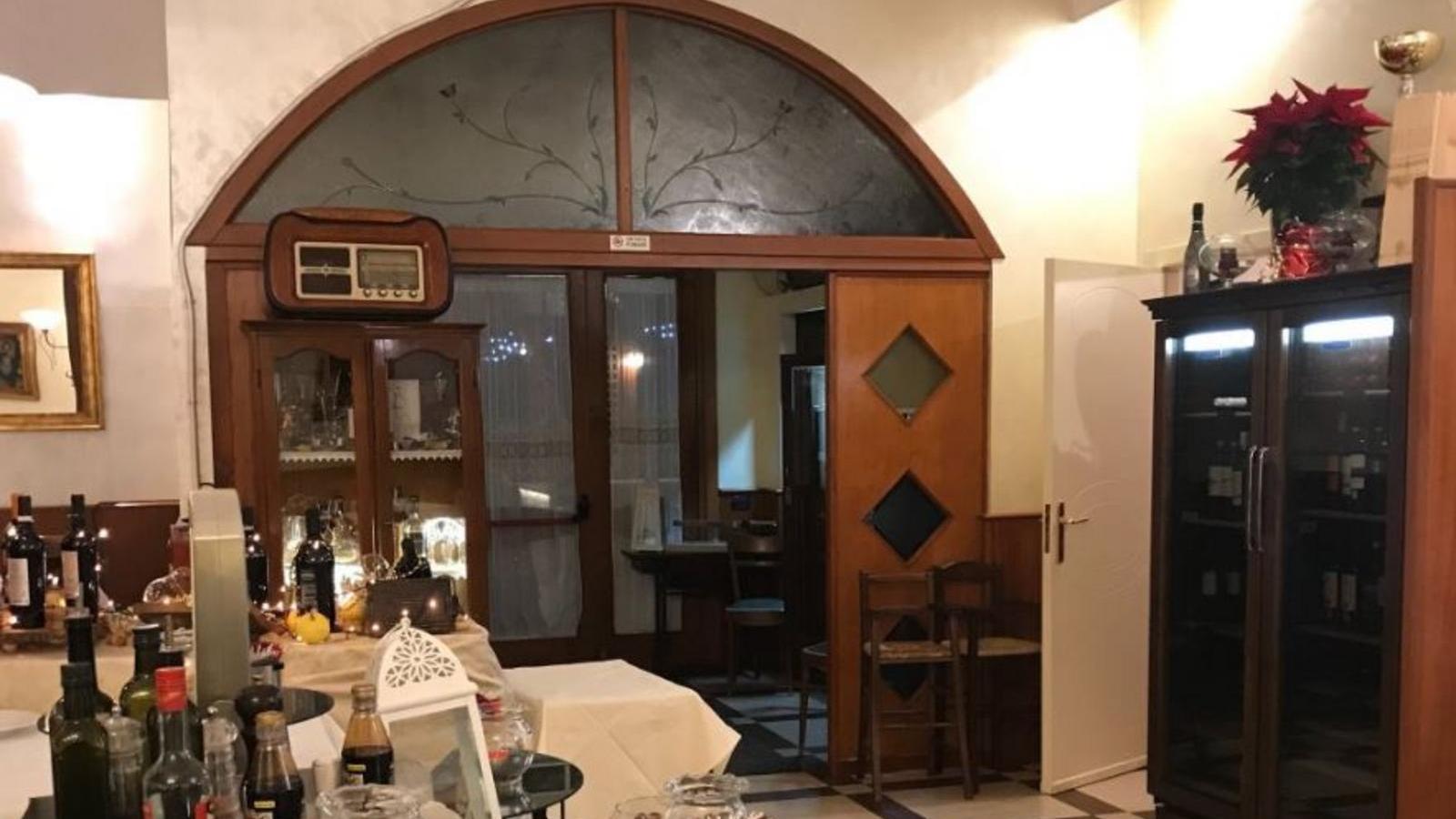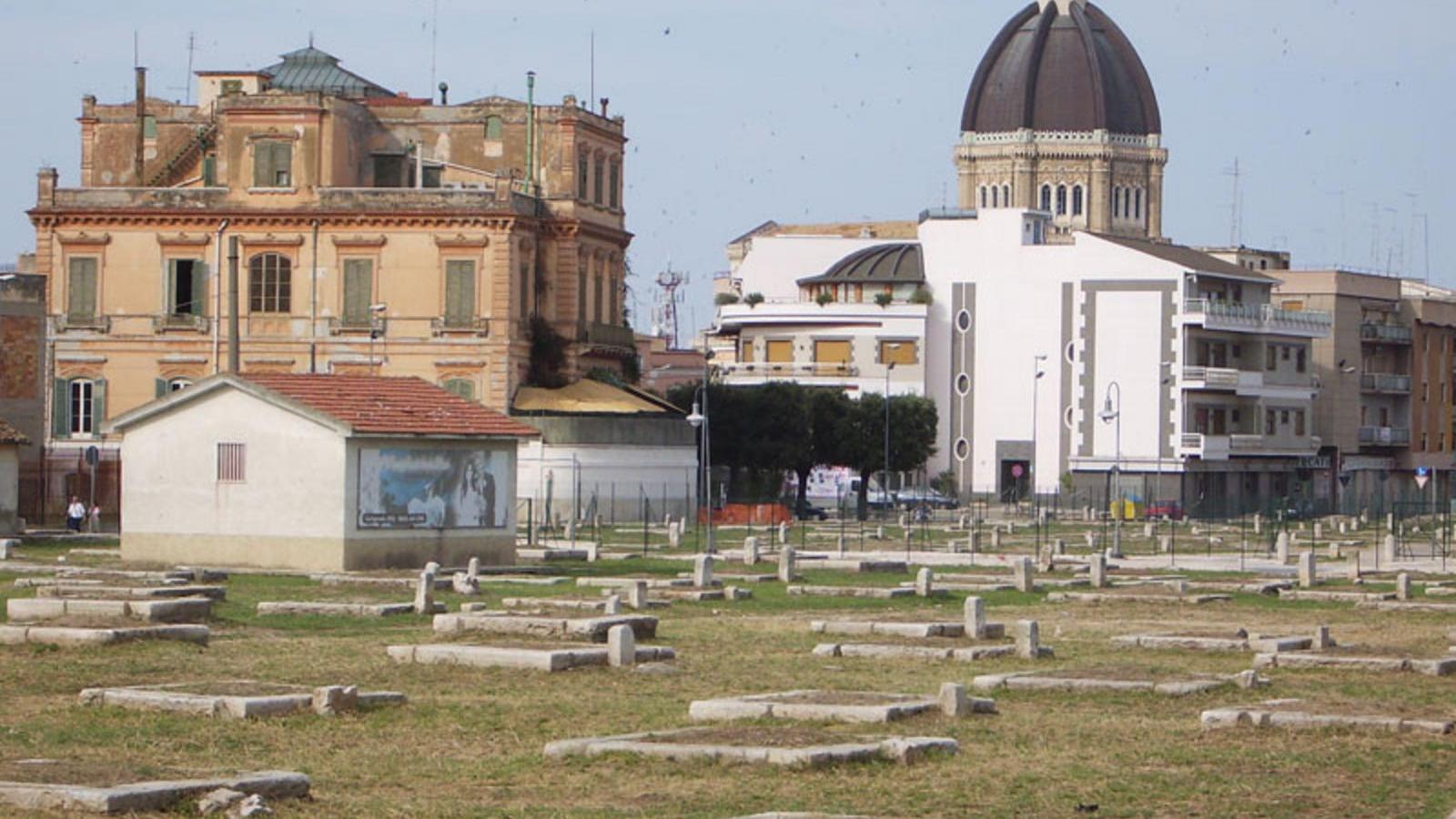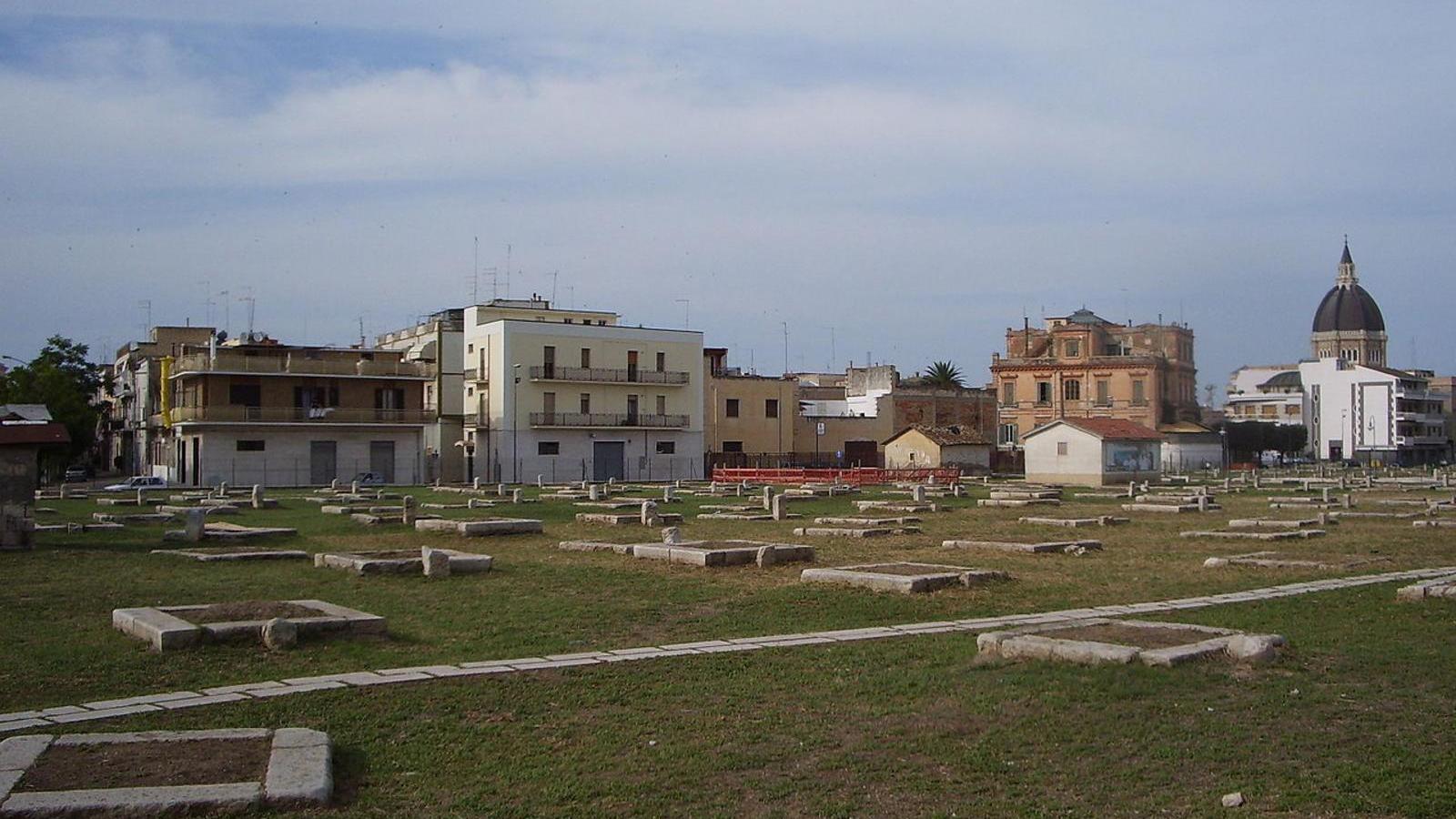Granary Pits - Cerignola
Informations
"The 'granary pits' are underground structures historically used for the storage of wheat and other cereals. This method of storage in pits dug into the ground has been used in various parts of the world, including the area of Cerignola, in Italy.
In the context of Cerignola, the granary pits were an integral part of the local economy, especially because this area has historically been an important agricultural center with significant cereal production. These underground structures provided a cool and dry environment, ideal for preserving grain away from moisture, insects, and rodents, thus ensuring a food reserve during periods of famine or scarcity.
The granary pits are sometimes called 'underground granaries' and can be quite large, with access through an opening at the top. Their construction and use reflect ancient wisdom in managing food resources and agricultural planning.
The existence of these pits is documented for the first time in 1225 in the Codice Diplomatico Barese, but it was only in 1581 that explicit reference was made to the area in front of the Church of San Domenico. Some of these pits are believed to date back to Roman times, although most are of medieval origin. Their importance increased with the establishment of the Sheep Customs, combining pastoral activity with intensive cereal cultivation.
In 1840, activities related to the Granary Pits were regulated by a specific regulation. At the beginning of the 20th century, the number of pits reached about 1,100, but in the last fifty years, there has been a decline, with many of them being replaced by above-ground metal silos. Today, 625 pits remain, of which about 200 are still in use.
The granary pit has a particular structure: a bell-shaped cavity dug into the karst ground, with interior walls lined with stone or bricks and whitewashed with lime milk, which today is often replaced by concrete. The circular opening skims the surface, with standardized dimensions allowing for the storage of large quantities of cereals and other agricultural products.
The loading of the pits was done through a small funnel-shaped opening, with the system evolving over time to improve insulation and practicality. Each pit is identified by a stone marker with the owner's initials and a sequential number engraved on it.
The Granary Pits of Cerignola, given their historical and cultural significance, have been under protection by the Superintendence for the Artistic, Archaeological, and Historical Heritage of Puglia since 1982, representing a unique heritage of agricultural management and preservation in the region."
Location
- Address : Piano S. Rocco, 71042 Cerignola FG
Discover our territory
In the surroundings of: Fiordelisi
Experience our territory
In the surroundings of: Fiordelisi
Where to Eat

Restaurant, Pizzeria with Wood Oven and Cellar in Orta Nova (Foggia). "Al Boccon Divino" is the firs...

Pastry bar in the heart of Stornarella, located in a young and sparkling area like the owner who, wi...

Lounge Bar, Cafeteria, Ice Cream Shop, Pastry Shop and much more! We are located in Stornarella, pre...

The Godot Restaurant located in Stornarella is ready to give you a warm welcome, lots of good food p...

Restaurant Pizzeria of Stornarella, which puts customer hospitality first. Excellent quality of prod...

Wide choice of the best local and international wines to accompany and taste our dishes, always care...

A place with an industrial look and a relaxing atmosphere, with quality dishes accompanied by a wide...
Events
In the surroundings of: Fiordelisi



















.png)
.png)
.png)
.png)
.png)













